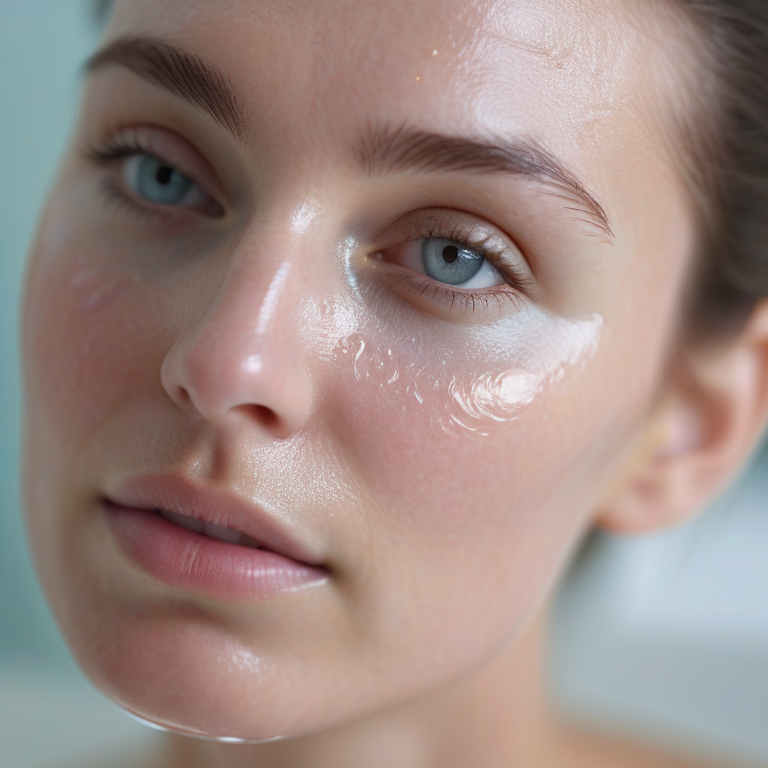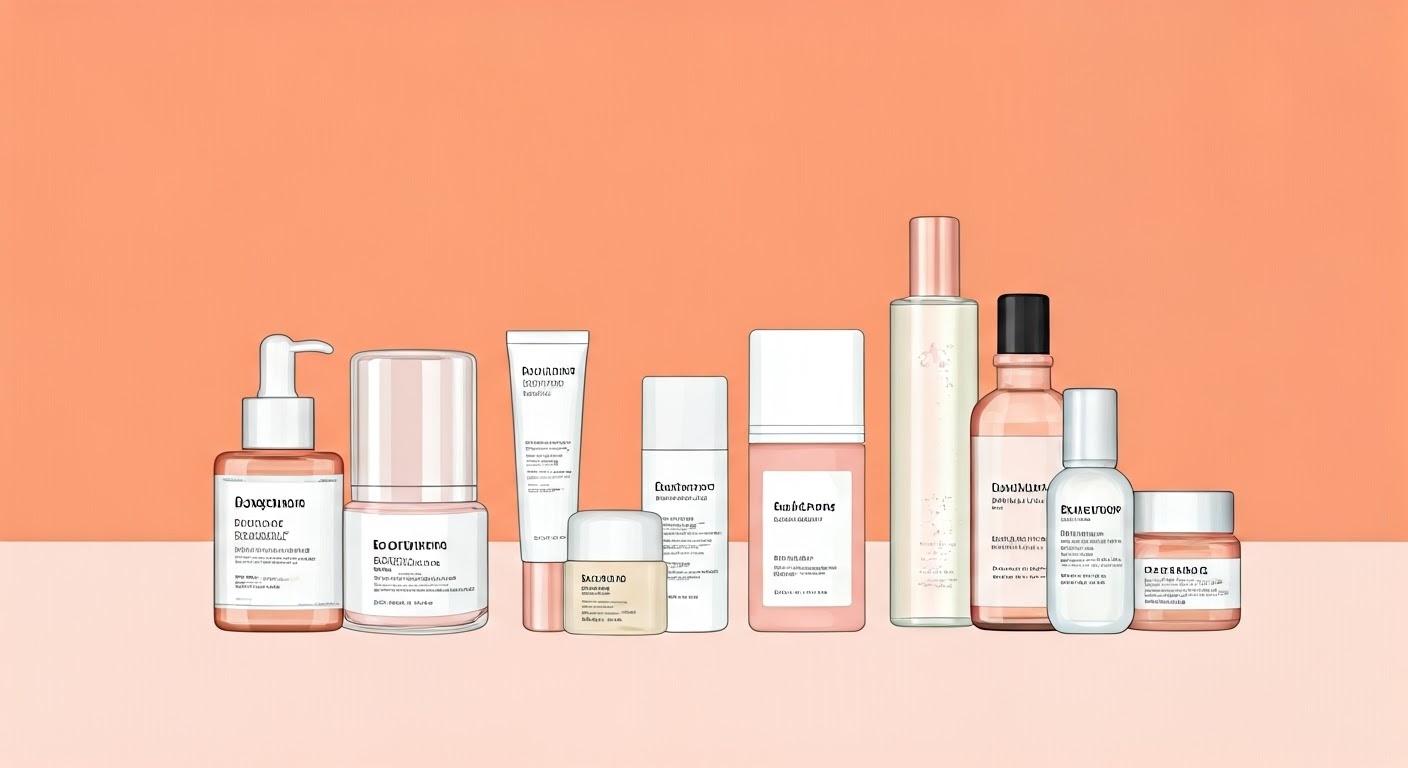Targeted Skincare Spot Treatments for Blemishes


Key Highlights
- Targeted skincare spot treatments provide effective solutions for different types of skin blemishes.
- Understanding how spot treatments work helps in targeting blemishes such as acne, blackheads, cystic acne, and dark spots.
- Key ingredients like salicylic acid, benzoyl peroxide, and tea tree oil play crucial roles in combating blemishes.
- Selecting the right spot treatment based on your skin type is essential for optimal results, especially for sensitive, oily, and acne-prone skin.
- Mastering application techniques and incorporating spot treatments into your skincare routine can maximize their efficacy.
- Consistency and proper usage of spot treatments can lead to clearer skin by preventing future blemishes and maintaining a healthy skincare routine.
Introduction
Targeted skincare spot treatments help you treat blemishes effectively. By knowing about different skin issues and how spot treatments work, you can build a skincare routine that leads to clearer and healthier skin. Important ingredients like salicylic acid, benzoyl peroxide, and tea tree oil are vital for fighting acne breakouts and calming irritated skin. Picking the right spot treatment for your skin type helps make it work better and reduces irritation. This choice can give you a smoother and blemish-free complexion.
Understanding Blemishes and Spot Treatments
Blemishes, such as acne, dark spots, and redness, are common skin issues. Spot treatments target these problems by applying active ingredients directly to the affected area. These treatments often contain ingredients like salicylic acid and benzoyl peroxide, which reduce acne. Understanding blemish types and spot treatment mechanisms is crucial for a suitable skincare routine tailored to your skin's needs.
The Different Types of Skin Blemishes

- Acne is marked by pimples and cystic acne. This often happens because of excess oil and dead skin cells blocking pores.
- Blackheads are open comedones. They form when trapped impurities come into contact with air.
- Dark spots are caused by post-inflammatory hyperpigmentation after acne breakouts.
- Redness happens due to skin irritation, which leads to inflammation and sensitivity.
How Spot Treatments Work to Target Blemishes

Spot treatments help fix blemishes by putting active ingredients right where they are needed. They go deep into the skin to deal with problems like acne breakouts or dark spots. Usually, these treatments have strong ingredients like salicylic acid, benzoyl peroxide, or tea tree oil. These are known to be good for fighting blemishes. When you put a thin layer of the product on the blemish or acne spot, the key ingredients start to work. They reduce inflammation, clear out pores, and help heal the skin, making it clearer and brighter.
Key Ingredients in Effective Spot Treatments
Salicylic acid is great for treating acne spots because it targets acne breakouts directly. Benzoyl peroxide works well to fight bacteria and helps clear pores. Tea tree oil is natural and has antiseptic traits, making it a common choice for treating blemishes. When these ingredients come together in spot treatments, they offer strong help for specific skin problems. Each ingredient has an important job in fighting different kinds of blemishes. This teamwork promotes clearer and healthier skin.
Salicylic Acid: A Go-To for Acne-Prone Skin
Salicylic acid is a great choice for skin that gets acne. This beta hydroxy acid can go deep into the pores. It helps to exfoliate the skin and unclog pores, which can reduce acne breakouts. It works by breaking down excess oil and dead skin cells to fight the main causes of acne. When you are choosing an acne spot treatment, look for products that have salicylic acid as an important ingredient. This ingredient can also reduce redness and inflammation linked to acne.
Benzoyl Peroxide: Fighting Bacteria and Clearing Pores
Benzoyl peroxide is great for skin care because it works in two ways. It fights bacteria and clears blocked pores. This helps to tackle blemishes right where they start. The strong ingredient also cuts down on extra oil. This stops new acne breakouts from happening. Its clear formula allows you to put a thin layer on the affected area easily, making it more effective. Many people choose benzoyl peroxide for acne-prone skin because it helps with both current blemishes and stops new ones from showing up.
Tea Tree Oil: Natural Antiseptic Properties
Tea tree oil is famous for being a natural antiseptic. This makes it a well-liked option for treating spots on the skin. It has antibacterial and anti-inflammatory properties that help fight blemishes. When you put tea tree oil on the affected area, it can reduce redness and inflammation. It also targets bacteria that cause acne. Look for skincare products that have tea tree oil for a gentle but effective way to tackle blemishes. It is a great choice for different skin types. Its calming effects make it popular for people who want to use natural remedies for skin issues.
Selecting the Right Spot Treatment for Your Skin Type
When you pick a spot treatment for your skin, you should think about a few important factors. These include your skin’s sensitivity, how oily it is, and how prone it is to acne. If you have sensitive skin, choose gentle products. They will help you avoid irritation. If your skin is oily or prone to acne, look for spot treatments with salicylic acid or benzoyl peroxide. These ingredients can tackle excess oil and acne breakouts. Knowing your skin type is important. It helps you find a spot treatment that fits your needs.
Considerations for Sensitive Skin
For sensitive skin, choose gentle products with soothing ingredients. This can help reduce irritation. Check for spot treatments that say they are non-comedogenic. This means they won’t block your pores or cause breakouts. It's also good to pick fragrance-free products to lower the chance of reactions. Always do a patch test on a small area before you use a new product on your whole face. This will help you see how your skin reacts. Stay away from spot treatments that have harsh chemicals, as they may make dryness or redness worse. Make sure your spot treatment is right for sensitive skin so it can treat blemishes without hurting your skin's health.
Recommendations for Oily and Acne-Prone Skin
For oily and acne-prone skin, use spot treatments with salicylic acid or benzoyl peroxide. These ingredients help to directly target blemishes. Choose products that control excess oil and clear pores. Lightweight gels or serums are great because they absorb easily without causing more skin issues. Make sure the spot treatment is gentle to avoid irritation. Always apply sunscreen during the day to protect the treated area.
Application Techniques for Maximum Efficacy
For the best results, put a thin layer of the spot treatment on the area that needs help. Depending on what the product says, you can use it once or twice each day on skin that is clean and dry. Lightly massage the treatment into your skin and let it soak in completely before using other products. Do not put it on areas of skin that are not affected. This helps to avoid irritation and dryness. Use the treatment regularly to get the results you want, so follow the product’s instructions closely.
When and How Often to Apply Spot Treatments
For the best results, put your skincare spot treatment right on the affected area after you cleanse and tone your skin. Use a thin layer to cover the blemish without adding too much. Depending on how strong the product is, use it once or twice a day, usually in the morning and evening. It’s important to be consistent so the active ingredients can work well on your skin and help with blemishes. Do not use too much, or you might get skin irritation. Always follow the instructions on the product label.
Tips for Incorporating Spot Treatments into Your Skincare Routine
When adding spot treatments to your skincare routine, begin by washing your face. This helps get rid of impurities. Next, put a thin layer of the treatment right onto the affected area. Be careful not to apply too much; this can cause skin irritation. Let the product dry before using any other skincare products. It’s a good idea to use spot treatments at night since some formulas can make your skin sensitive to sunlight. Always read the ingredient list and follow the usage guidelines to get the best results.
Conclusion
Targeted skincare spot treatments are good choices for treating blemishes. It is important to know the different types of blemishes and how spot treatments work. Key ingredients like salicylic acid, benzoyl peroxide, and tea tree oil are important for fighting skin problems. When you choose a spot treatment, think about your skin type to get the best results. Using proper application techniques can help the treatment work better, clearing blemishes and making your skin healthier in your skincare routine.
Frequently Asked Questions
Can I Use Spot Treatments Alongside Other Skincare Products?
Yes, spot treatments are generally safe to use with other skincare products. However, you should check for any interactions with the active ingredients in your routine. To prevent irritation, add new products slowly. It’s also a good idea to talk to a dermatologist for helpful advice that fits your needs.
How Long Does It Take to See Results from a Spot Treatment?
Results from spot treatments can be different for everyone. Usually, you will see important changes in about 4 to 8 weeks. It is important to be patient. Applying the treatment regularly will help you get better results. Things like your skin type and how serious your blemishes are will affect how long it takes.
Are There Any Side Effects to Spot Treatments?
Spot treatments can sometimes lead to dryness, redness, or peeling. The strong ingredients can irritate the skin for some people, and they might have allergic reactions. It is very important to do a patch test and closely follow the usage instructions.
Can Spot Treatments Prevent Future Blemishes?
Spot treatments can help stop new blemishes. They target specific skin issues like acne, reduce inflammation, and clear out pores. Picking the right ingredients for your skin type is very important for treating and preventing blemishes. Using these treatments often can help keep your skin clearer as time goes on.




